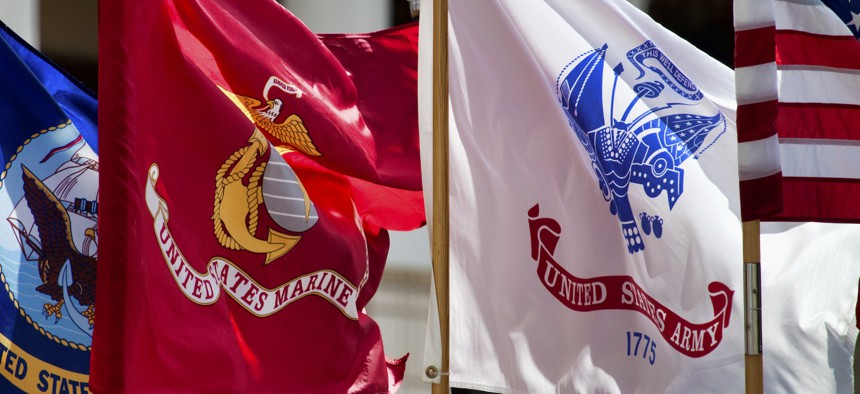Over the past century, the U.S. military heavily relied on asbestos to meet the demands of World War II, which required large quantities of affordable materials for military equipment. Asbestos was abundant and inexpensive, leading manufacturers to overlook its health risks. Today, many veterans suffer from health issues due to toxic exposure, including asbestos-related diseases.
The Navy was the primary user of asbestos, as ships required extensive insulation. The Two-Ocean Navy Act expanded the U.S. Naval Forces by over 70%, leading to increased shipbuilding that utilized asbestos insulation extensively. This put naval personnel on ships built before the 1980s at high risk of asbestos exposure, with many developing severe diseases decades after their service.
New York’s World War II naval history includes the Bethlehem Steel Shipyard in Staten Island, established in 1895. During World War II, this shipyard produced asbestos-containing ships at full capacity, employing around 12,000 workers. The expansion during the war meant more civilians and military personnel were exposed to asbestos, resulting in thousands of cases of asbestos exposure.
Asbestos contamination was not limited to naval bases; other military branches also faced similar risks. This remains a significant health issue for all veterans, including those in New York State and New York City.
New York hosts five military bases, including the U.S. Military Academy Army Base in West Point and the Saratoga Springs NSU Navy Base, which is crucial for nuclear power training. These bases also posed potential asbestos exposure risks to military personnel.
Asbestos dust is extremely toxic. When disturbed, airborne asbestos particles can remain in the air for hours and are easily inhaled or ingested due to their microscopic size. These fibers cause permanent damage to vital organs and lead to severe diseases.
One of the most alarming aspects of asbestos-related diseases is the long latency period between exposure and symptom onset. Veterans may only discover the effects of exposure decades later when diagnosed with conditions like asbestosis, lung cancer, mesothelioma, or other severe respiratory diseases.
New York ranks 24th in the nation for lung cancer and is a top state for asbestos exposure. Veterans should seek medical attention promptly, as early detection significantly improves treatment outcomes and extends life expectancy. Proactive steps include:
– Scheduling regular health check-ups: Periodic medical examinations and discussing potential asbestos exposure during military service are crucial. Veterans should undergo chest X-rays, CT scans, and pulmonary function tests to detect any damage caused by asbestos fibers.
– Learning about their legal rights: Veterans who know or suspect they were exposed to asbestos should be aware of their rights and options. Legal avenues and compensation programs are available through asbestos trust funds and Veterans Affairs to support those harmed by asbestos exposure.
Veterans can also play a vital role in raising awareness by sharing their experiences with asbestos exposure, ensuring others are informed and protected.
Beyond expressing gratitude to veterans, it is our responsibility to safeguard their well-being. By highlighting this ongoing danger, we can ensure that those who served our nation receive the care and support they deserve.

